Cars are made to be driven, but they spend just 5% of every day in motion. The rest of the time, cars in the US sit in the country’s 800+ million parking spaces, which occupy roughly 25,000 square miles. Even if all of the vehicles in the nation were parked at once, including both passenger cars and on-road freight vehicles, there would be upwards of 500 million spots to spare. You don’t have to be an urban planner to believe that this is a pretty inefficient way to use land.
These calculations come courtesy of Donald Shoup, Research Professor at UCLA’s Luskin School of Public Affairs and author of the book The High Cost of Free Parking. Shoup believes that current standards for parking need a dramatic overhaul for the sake of urban density, livability, environmental protection and a near future in which private car ownership will likely dwindle.
It’s easy to take an abundance of free parking spaces for granted. Much of the infrastructure in the U.S. is designed around our car-centric culture. After all, we have an average of 2.05 cars for every household. If you spend a lot of time cruising for parking in a big city, it may seem like spaces are scarce, but zooming out on satellite maps of urban and suburban areas paints a different picture.
Plus, all that cruising comes at a high financial and environmental cost. “I have estimated that cruising for underpriced curb parking on the 15 blocks in Westwood Village in Los Angeles creates about 950,000 vehicle miles of unnecessary travel per year,” says Shoup. “That’s equivalent to 38 trips around the earth or four trips to the moon. And here’s an inconvenient truth about underpriced curb parking: cruising those 950,000 miles per year in Westwood wastes 47,000 gallons of gasoline and produces 730 tons of carbon dioxide per year.”
Mandatory Parking Minimums
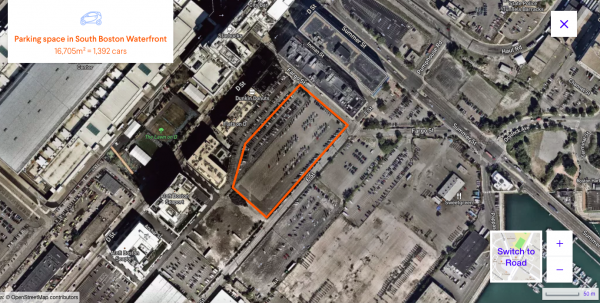
Curb parking takes up plenty of space, but surface lots are an even more contentious (and visible) waste of land. Los Angeles, where car parking occupies 180,000,000+ square feet, is a prime example, but its statistics aren’t that much higher than those of other major cities.
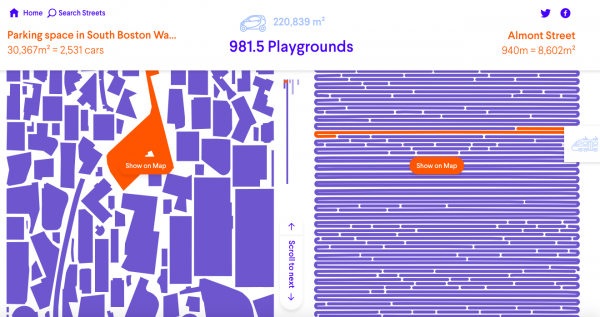
A project called What the Street visualizes just how much space that equates to, with Boston pictured above. A single parking lot on the waterfront, which is probably only partially filled most of the time, might occupy the equivalent space of hundreds of playgrounds.
A lot of parking space is driven by mandatory parking minimums instituted by city governments. These regulations might require a set number of parking spots for every 1,000 square feet of building, but the criteria aren’t always the same; parking requirements have been set according to the number of holes in a golf course, seats at a gentlemen’s club or beds in a hospital. For developers, all that parking doesn’t add a lot of value. Whether they play by the rules and include the number of spaces required or choose to pay a fine instead, the cost is often passed on to the end user in the form of higher rent.
Reimagining the Potential of Parking Space
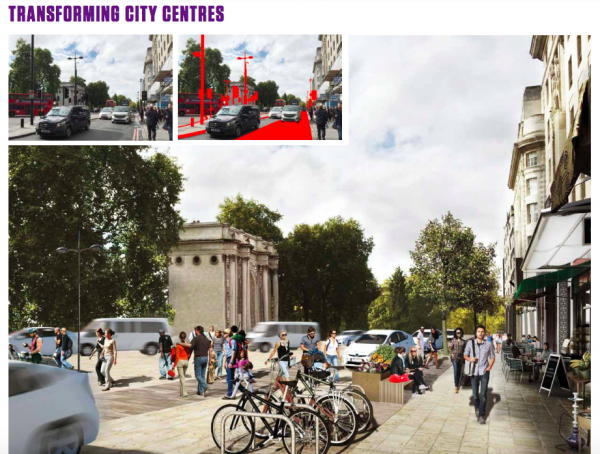
The demand for all of these parking spaces may not last much longer. According to the Peak Car Ownership Report by the Rocky Mountain Institute, private car ownership will be on a downward trend within ten years. Car sharing services like Car2Go and ZipCar and ridesharing services like Uber and Lyft are already changing urban landscapes. And once driverless cars become the norm, our cities and suburbs could look very different than they do today. Freeways could shrink, former curb parking could become bike lanes or parklets, and surface lots could be transformed for myriad alternative uses. Add drone deliveries to the equation and it’s possible that even more space will open up and streets will grow quieter and safer.
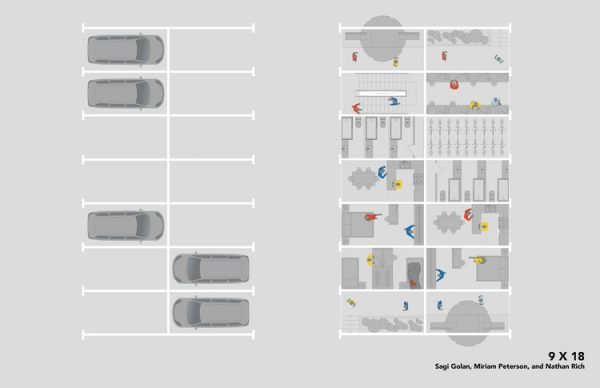
A team of architects called 9 x 18, named for the average size of a parking space, have created a series of visualizations to show what a 250-square-foot space could become. Developers currently spend as much as $50,000 on a single parking spot, but using that space for housing, co-working spaces, bike share hubs and other functions could net them a greater return on their investment. The architects focused on underutilized lots owned by the city of New York. The catch is that for any of this to happen, city governments need to get on board.
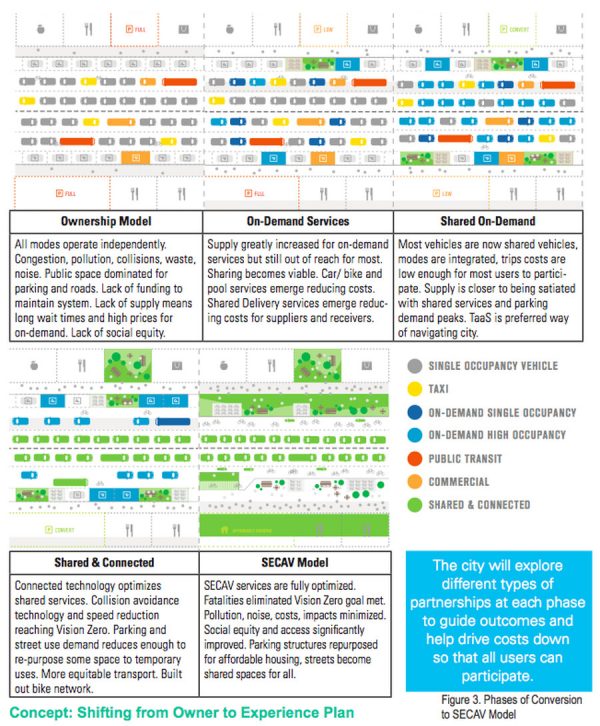
San Francisco is among the cities actively anticipating changes in land use. The city aims to expand and integrate shared mobility services into its existing infrastructure, including public transportation, to further discourage the use of private cars. That means adding car share, bike share and taxi hubs to various points along transit routes, offering shuttle services, opening more streets to pedestrians and potentially even subsidizing smartphones for low-income residents to work in conjunction with free wifi. Existing parking spaces could be transformed into housing, street markets and other programs that make the city feel more livable.
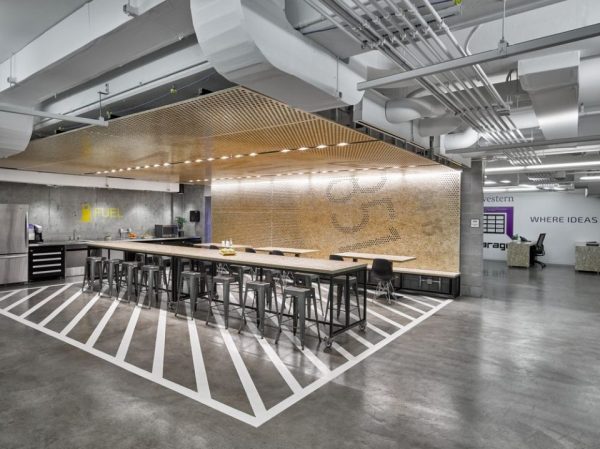
All of this could usher in a golden age for landscape architects (tasked with transforming empty parking lots into lush new public spaces) as well as adaptive approaches to designing new parking facilities during the transition. Architects like Andy Cohen of the firm Gensler are already creating parking garages that can be rearranged into offices, classrooms, shops and other enclosed spaces, evading obsolescence.
It will likely take many years, if not decades, to see all of these changes play out. But if transportation trends continue on their current trajectories, cities could start subtly transforming before our eyes, potentially growing a lot more pleasant (and maybe even affordable) for residents in the process.



Leave a Comment
Share